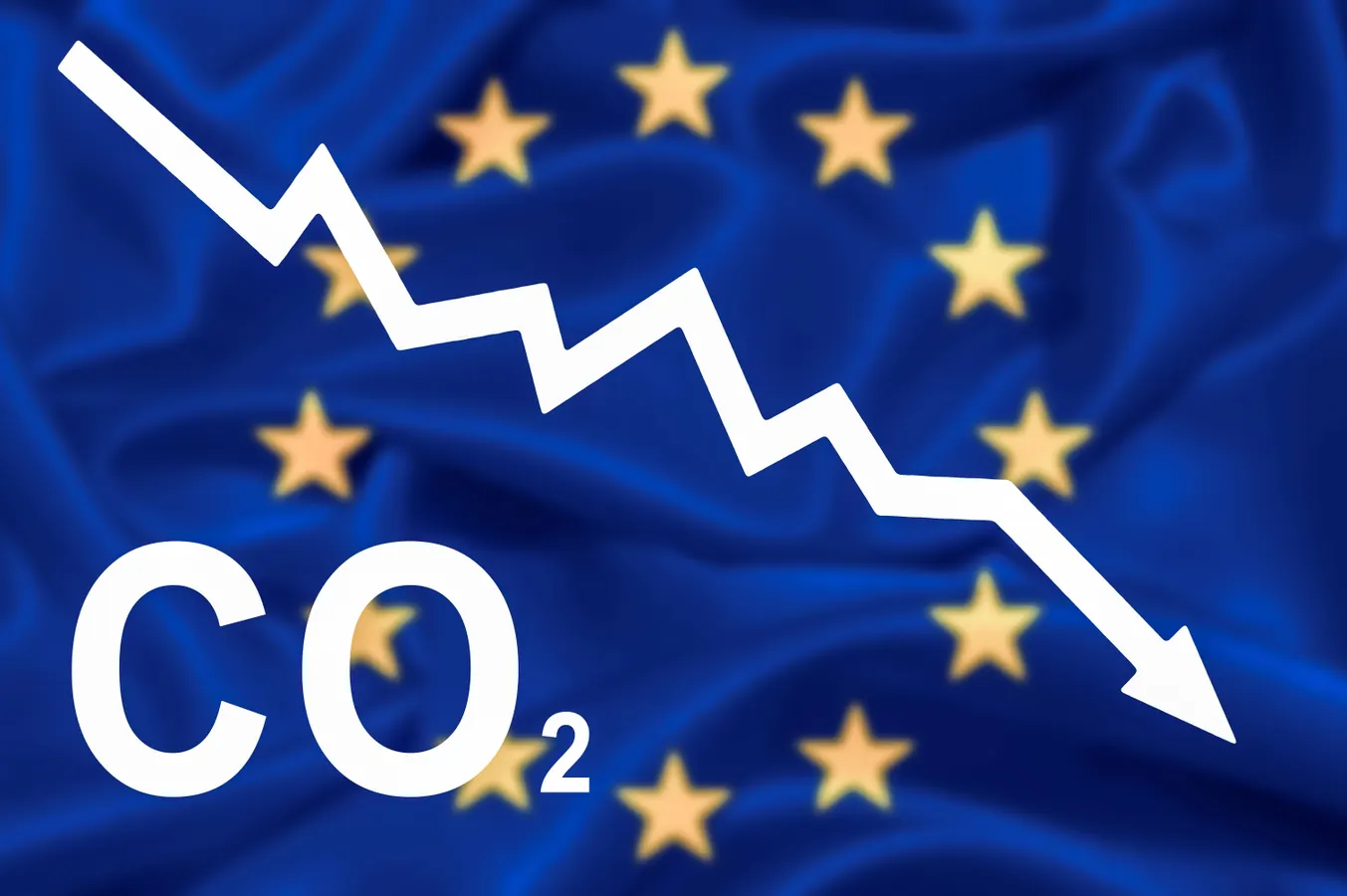Copyright forbes

Reducing CO2 emissions in European Union. The relentless attack on plug-in hybrid electric vehicles by green advocates threatens to eliminate an important technology step on the way to full electrification. European Union rules require an end to carbon dioxide emissions from new sedans and SUVs by 2035. This effectively means all new vehicles sold must be electric. The European industry and some big car-making countries are currently negotiating with EU authorities to water-down this ban and extend the life of PHEVs beyond 2035, along with other hybrids, range-extenders and so-called e-fuels which would allow the sale of combustion-powered sedans and SUVs to continue. Green groups and some politicians are fighting to retain the 2035 ban, saying the struggle against climate change will be weakened otherwise. The industry and governments like Germany and Italy say Europe’s auto industry faces an existential threat if the rules are allowed to stand. Some private buyers fear range anxiety if they acquire an EV. They opt for PHEVs to avoid this on long journeys and the potential hassle of charging in unknown areas. Some environmentalists are hostile to this theory and say the latest EVs have adequate range and Europe’s recharging infrastructure is improving all the time. The very existence of PHEVs is a hostile statement against the move to EVs, according to some green groups. Many corporate PHEV users neglect battery use Brussels-based green lobby group Transport & Environment is leading the opposition to PHEVs. T&E says many business operators of PHEVs received subsidies for buying fleet vehicles which theoretically cut CO2 emissions, but in reality don’t. This is because some company car operatives rarely use the battery and overall CO2 emissions are worse than internal combustion engine cars because of the weight of the battery. This ignores the fact that private users of PHEVs with average motoring requirements would almost always run on electricity only and only fire up the ICE for rare long journeys. Samara, Russia - GWM Wey 05 vehicle next the showroom of official dealer. MORE FOR YOU Tesla chief Elon Musk has also been a critic of PHEVs, famously calling them “amphibians” or “frogs” because they represented a “half-hearted” approach to electrification, neither one thing nor the other. Musk advocated a fully electric approach. That would make sense if EVs were able to compete directly with combustion vehicles in all aspects, but that isn’t the case yet. It might well be by, say, 2030 when solid-state batteries are expected to fill in the gaps current EV technology can’t achieve. This means carrying enough range to be able to handle long-distance 80-mph-plus autoroute cruising with the same ease as gasoline or diesel-powered cars. This would also eliminate the problem caused by an inadequate charging infrastructure. Mitsubishi Outlander pioneered PHEVs Because of this shortfall in EV performance, PHEVs are a bridge between ICE technology and electric-only. Mitsubishi of Japan pioneered the concept with the Outlander SUV in 2013 with an electric-only range of about 30 miles. Standard, so-called self-charging hybrids like the orginal Toyota Prius can’t be charged independently. The ICE does the charging, and electric-only range is very small, usually just short of one mile. Currently, many PHEVs have a range of at least 50 miles, and the current range leader is the Great Wall Motors Wey 05 with about 90 miles. The Mercedes GLC has around 70 miles of battery-only range. The public likes the flexibility provided by PHEVs and last month sales in Europe rose 63%, according to Dataforce of Germany. Investment researcher Jefferies said PHEV sales will reach 9% of the European market this year at 1.22 million. This compares with EV sales of 18% (2.3 million). By 2030, PHEV sales will reach 2 million or 15% of the market, still about half that of EVs. By 2035, PHEVs will account for 2.4 million sales (18%) compared with EV’s 45% (6 million), according to Jefferies. T&E, in a report, said its analysis of data from 127,000 PHEVs showed they emit far more CO2 than claimed by manufacturers, costing the average driver €500 ($580) a year. PHEV CO2 emissions said to be five times official claims “In the real world, CO2 emissions from plug-in hybrids are almost five times what official tests support. The real-world data differs from the official WLTP tests where vehicles are driven in a way that regulators consider to be normal,” T&E said in the report. Data from WintonsWorld reviews does point to some overblown fuel consumption claims by manufacturers. For instance, Mazda said its CX-60 PHEV will return 188.3 miles per imperial gallon, the Vauxhall Grandland 192 mpg, the Suzuki Across 282.4 mpg and the Mazda MX-30 R-EV range extender 282.5 miles. These claims seem arbitary and are hard to reconcile with real-world conditions, but if they were used by drivers with average daily mileage, about 20 miles, no fuel at all would be consumed. Mitsubishi Outlander PHEV (Photo by Sjoerd van der Wal/Getty Images) Getty Images/Sjoerd van der Wal T&E is outraged by PHEVs “Plug-in hybrids are one of the biggest cons in automotive history. They emit almost as much as petrol cars. Even in electric mode they pollute eight times as much as official tests claim. Technology neutrality cannot mean ignoring the reality that, even after a decade, PHEVs have never delivered," said Lucien Mathieu, cars director at T&E. Diluting the rules will damage CO2 policy Polluting PHEVs “Weakening the rules for plug-in hybrids is like drilling a hole in the hull of Europe’s car CO₂ law. Instead of steering the market toward affordable zero-emission cars, carmakers will flood it with expensive, polluting PHEVs,” Mathieu said. Presumably, when Mathieu is referring to “polluting” he means CO2 because modern ICE cars emit almost no noxious gases. T&E was asked to comment, but declined. A spokesperson for T&E proposed changes to PHEV design, but even that would still undermine the Paris climate change agreement. “To incentivize the use of the battery, car manufacturers need to design PHEVs that offer a longer electric range (200–250 km/125 to 156 miles), fast charging capability and a powerful electric motor (three times more powerful than the combustion engine), as well as a small fuel tank (less than 15 litres). If these criteria were applied, a well-designed PHEV could achieve about 50 gCO₂/km in real-world conditions. Nevertheless, PHEVs are still not a viable solution for new sales after 2035, as the car fleet needs to be zero emissions by 2050 if we are to have a chance of achieving the goals of the Paris agreement,” the spokesperson said, in an email exchange. “PHEVs remain a dangerous detour on the road to electrification, given that they cannot achieve zero emissions on average. Well-designed PHEVs that meet the above criteria can be considered a transitional solution until 2034,” he said. Mercedes-Benz AMG GLC 63 SE PHEV MY:2025 Private buyers account for about 30% of PHEV sales These harsh criticisms ignore the fact that a hefty chunk of PHEV sales will be private. Experts reckon business sales account for about 70% of sales. Private buyers are likely to drive an average of about 125 miles a week and with a modern PHEV you could assume electric power would account for all of that. It’s true that business users are said to often ignore the battery, but it should be easy to insist they reform their usage with tax incentives or corporate monitoring. Surely it makes no sense to dump a useful technology because some abuse it. Other advantages of PHEVs include the use of much smaller batteries which would limit environmentally harmful mining and disposal. The smaller capacity also means expensive home chargers are unnecessary because regular home electricity sockets would be sufficient. As French 18th century philosopher Voltaire is alleged to have said, the pursuit of perfection can be the enemy of the good. Editorial StandardsReprints & Permissions



